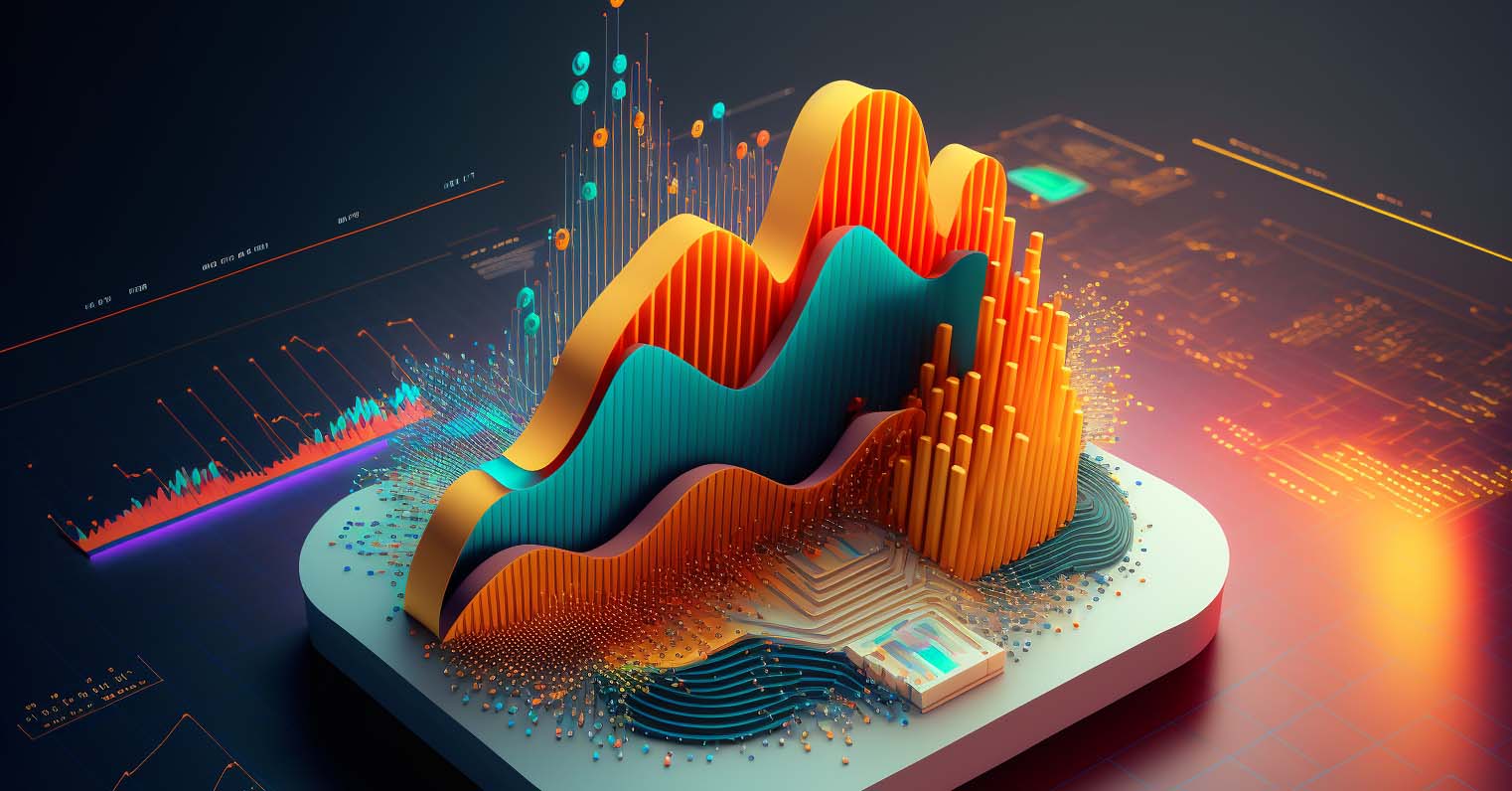Forecast Possibilities and Drive Strategic Decisions

Today, many businesses are leveraging data analytics to improve their product offerings and become more efficient. But you may be missing out if you’re not using predictive analytics to drive your decision-making processes. Predictive analytics helps you understand what might happen in the future – giving you an edge when it comes to business planning. Learn more about predictive analytics and how this tool can support your team.
What Is Predictive Analytics?
Predictive analytics might sound complicated – but in reality, businesses use data all the time to make inferences about what might happen in the future. For example, you might look at the past two or three years of sales data to predict how the coming fiscal year might go. Predictive analytics is simply using data, statistics, and machine learning to assess the likelihood of future events. This area of analytics uses historical data to forecast potential scenarios.
Data scientists can perform predictive analysis manually, or they can use artificial intelligence (AI) to run algorithms. The insights generated by analytics can help companies:
- Anticipate staffing needs
- Understand customer behavior better
- Forecast inventory
- Make operations more efficient
- Improve organizational finances
A strong understanding of analytics is critical for staying competitive in today’s business environment.
How it Works
Predictive models use existing data to assess the probability of future scenarios. While there are many different models that data scientists can use, three popular tools are regression analysis, decision trees, and neural networks.
Decision Trees
One of the simplest types of supervised learning algorithms, a decision tree follows the path of a decision from start to finish, where each branch represents a choice or option. In predictive analytics, a decision tree can help companies better understand customer behavior by analyzing all the options before them and the series of steps that leads to a conversion or a purchase.
Regression Analysis
As one of the most popular tools for statistical modeling in business, regression analysis helps companies understand the relationship between two or more variables. A regression analysis assesses the strength of the relationship between a dependent variable and an independent variable.
For example, a company could perform a multiple regression analysis to better predict how factors like the number of store locations, products, or employees (independent variables) could affect revenue (the dependent variable).
Neural Networks
A neural network is a machine learning tool that imitates the way the human brain works. By aggregating data and building pattern recognition, a neural network can make sense of complex data relationships and make predictions accordingly. As they gather more and more data sets, neural networks can improve their accuracy over time.
With these forecasting tools, companies can develop data-informed plans – meaning your strategic vision is more likely to succeed.
Use Cases and Examples
Regardless of your industry or the size of your enterprise, predictive analytics can help you improve performance across your organization. Predictive analysis use cases include:
Marketing
Understanding consumer behavior and preferences are fundamental to effective marketing. Companies can develop predictive modeling to inform their future campaigns by collecting and analyzing past customer behavior.s.
For example, if a company is planning its next product launch, it can segment its existing audience based on customer interests, demographics, and behavior. Using predictive analytics, marketing teams can better understand which types of customers respond to particular advertising mediums or messaging, and tailor their campaigns in response.
Finance
Accurate, up-to-date financial records are critical for understanding your company’s cash flow, debt, and liquidity. But your historical financial data can also serve as a major resource when you’re making plans for future fiscal quarters. Your financial data can be used to model future expenses, obligations, and revenue. While you can’t control external market factors, you’ll be better prepared to pivot as needed when you have strong predictive models.
Risk Management
Predictive analysis is especially valuable in manufacturing, healthcare, and other industries that have significant investments in equipment and other capital infrastructure. Equipment failures can interrupt operations, lead to lost revenue, and even pose a safety hazard for employees.
With predictive modeling, companies can plan for scheduled maintenance and alert personnel when inspection or repairs might be needed. This can help avoid unscheduled breakdowns, ensure seamless operations, and help businesses better manage risk.
How Spider Impact Can Help
At Spider Strategies, we help companies simplify strategy execution and management. With our Spider Impact platform, it’s easy to track and report on your progress, whether you use the balanced scorecard, earned value management, or another management methodology. And with our business intelligence software , you can visualize predictions based on historical data using our “Show Forecast” tool. Use Spider Impact to make the most of your valuable data. To learn more about how our platform integrates predictive analysis, click for a free trial or demo .
Demo then Free Trial
Schedule a personalized tour of Spider Impact, then start your free 30-day trial with your data.






